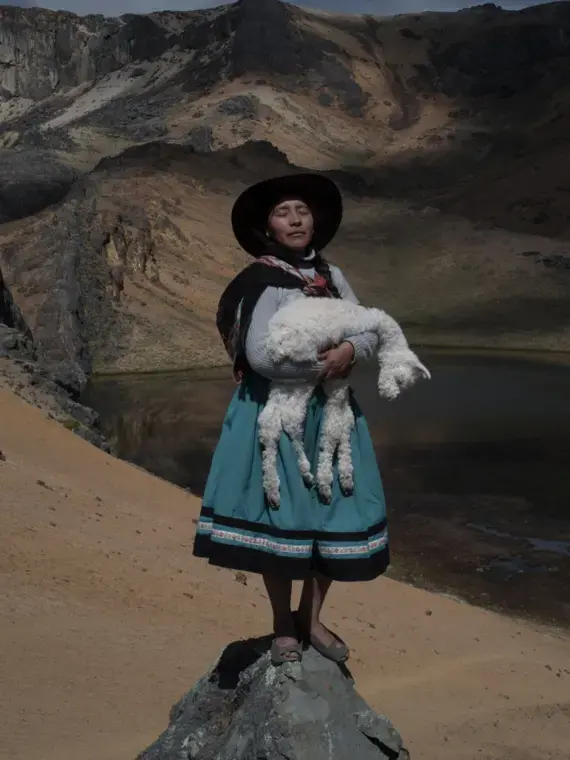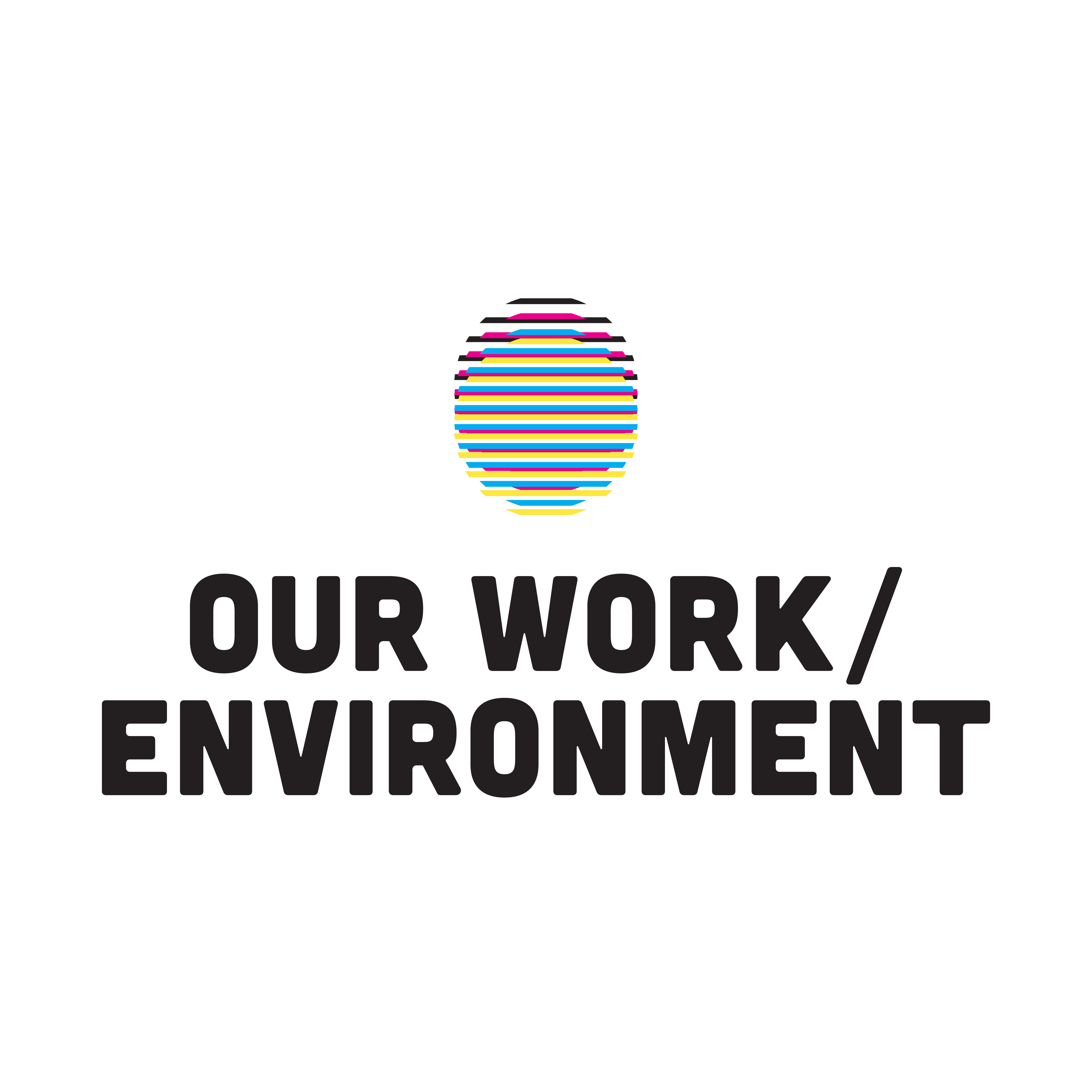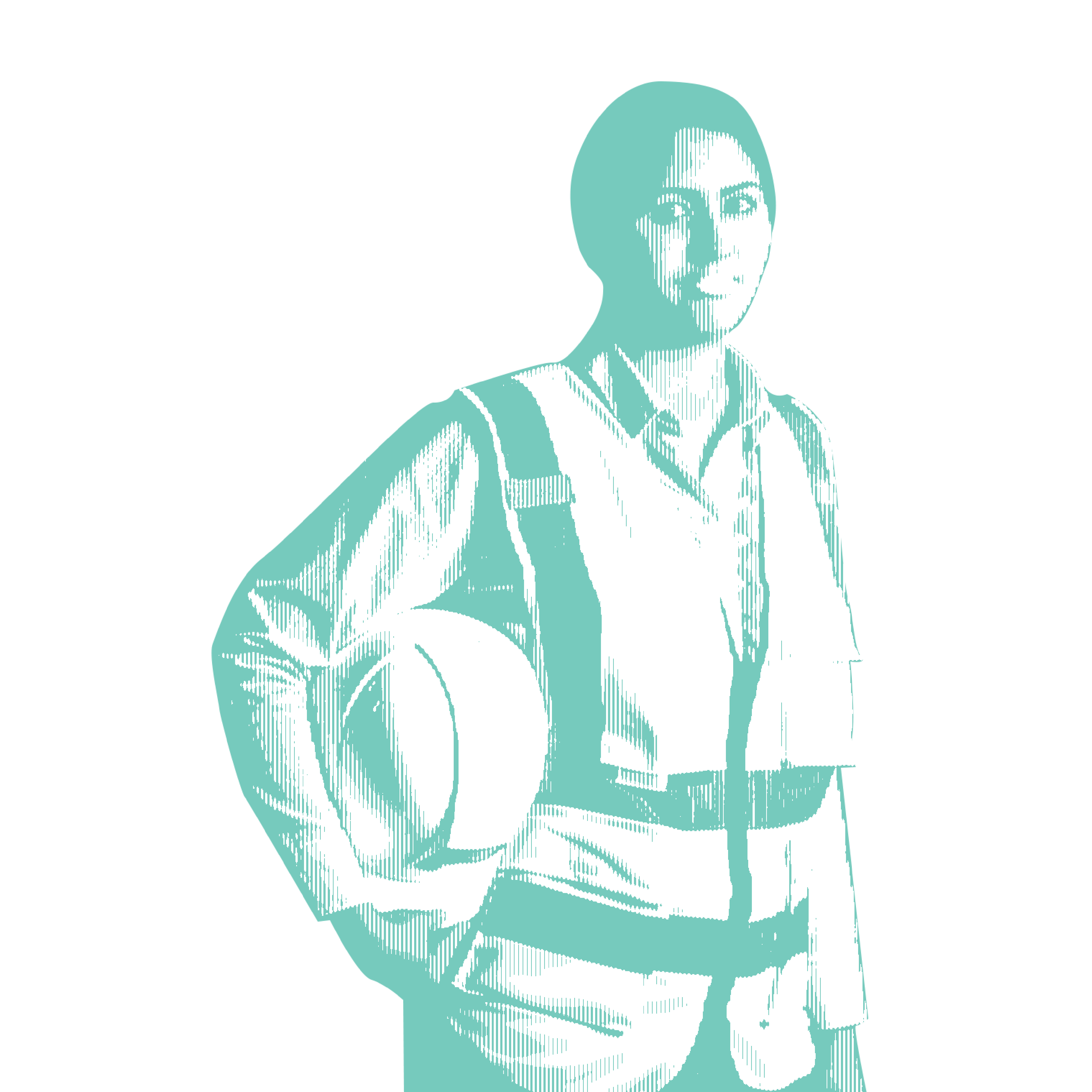Peru is among the countries most vulnerable to climate change because of its greater biodiversity. Since 1970, it lost more than 40% of glaciers, causing a reduction in wetlands and leading pastoralists to overexploit their remaining pastures. Hailstorms, sudden rains, droughts and reduced water reserves are particularly affecting the population of the Andes, who were already the poorest and marginalised. Among them, Alpaqueros, farmers who live by raising alpacas. These animals are a substantial part of Andean culture and traditions. Peru is the world's leading producer, with more than 3.5 million alpacas.
Climate change has increased the incidence of morbidity and mortality in alpacas and is affecting people's health and living standard. The farmers’ migration from villages to high altitudes is a traditional part of the grazing cycle involving the whole community, but in recent years it became a challenging part of daily life, creating social fragmentation. The project aims to investigate the effects on alpaca breeders, climate migrants forced to move much higher up, or to low-lying urbanised cities, abandoning their way of life, displacing especially the younger ones.












